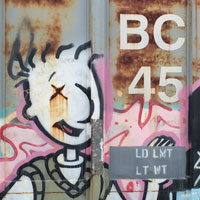
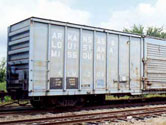



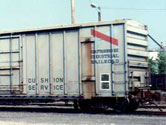


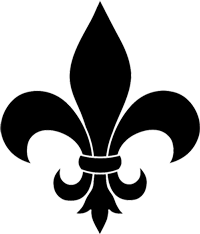 Featured Collection
Featured CollectionRailroad Graffiti
Is it vandalism or is it art?
Graffiti is writing or drawings made on a wall or other surface, usually without permission and within public view. Graffiti ranges from simple written monikes to elaborate wall paintings, and has existed since ancient times. Modern graffiti began in the New York City subway system and Philadelphia in the early 1970s to the rest of the United States through out the world.
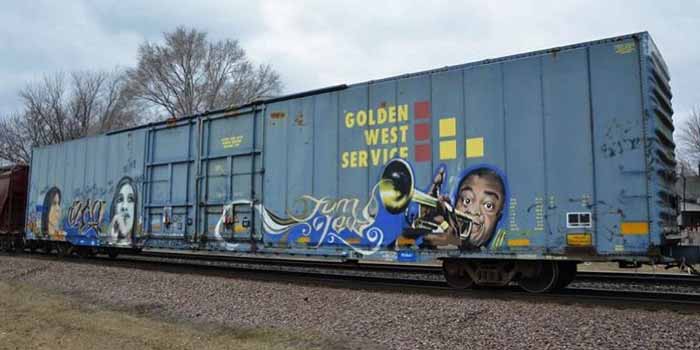
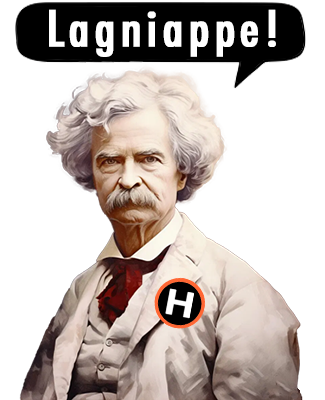

RWH

 raffiti, whether it's called art or vandalism, is a fact of modern railroading. But it didn't always look like what we see on the trains passing us today. Railroad graffiti has evolved over the past century and a half from simple chalk marks left by railroad workers to notify other workers of issues to marks left by hobos to vanity tags made in permanent ink to the elaborate and often enormous painted "pieces" (as they're termed by those who create them) of today.
raffiti, whether it's called art or vandalism, is a fact of modern railroading. But it didn't always look like what we see on the trains passing us today. Railroad graffiti has evolved over the past century and a half from simple chalk marks left by railroad workers to notify other workers of issues to marks left by hobos to vanity tags made in permanent ink to the elaborate and often enormous painted "pieces" (as they're termed by those who create them) of today.
The word "piece" in this context stems from the word "masterpiece" which is meant to indicate that the graffiti is more than just a scribbled name. The graffitist may have taken upwards of a few hours to design the work on paper and then a few more hours to apply the work with spray paint and/or rollers to the chosen location. Beginning in the early 1970s, the simple signature tags evolved into the more complex styles that are now seen. This was partly a result of so many similar tags being applied that the graffitists started to write their tags with larger characters and larger pens, then adding outlines and other flourishes to them in order to distinguish their tags from the multitude of others around them.

All graffiti photos below taken by Ralph Hawkins unless otherwise indicated
Graffiti Pieces
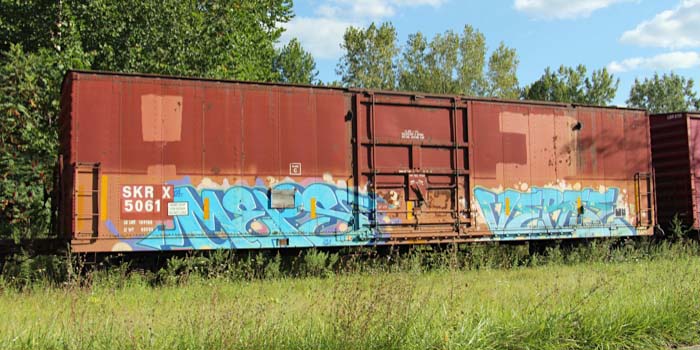
New Castle, Pa / Sep 2017 / RWH
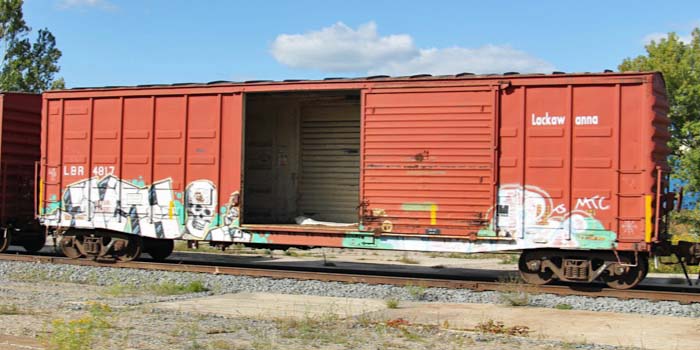
New Castle, Pa / Sep 2017 / RWH
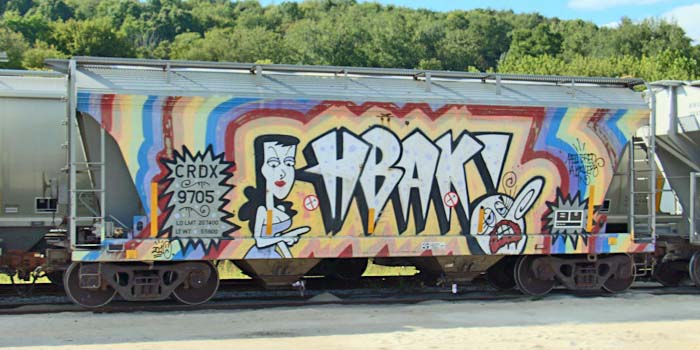
New Castle, Pa / Sep 2017 / RWH
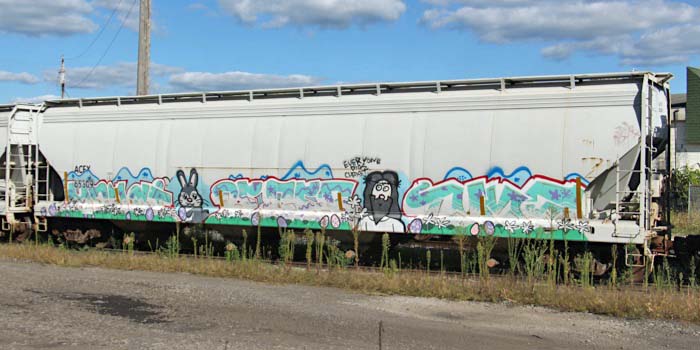
New Castle, Pa / Sep 2017 / RWH
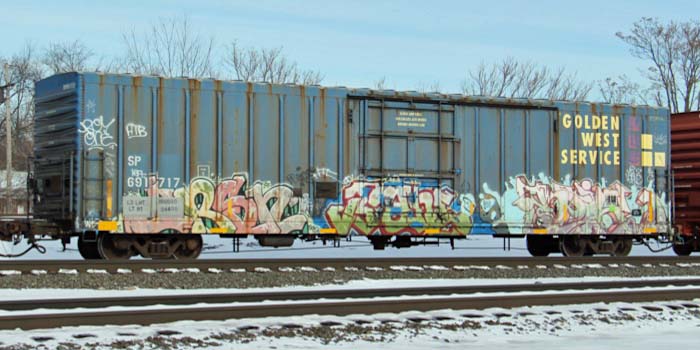
Alliance, Oh / Feb 2016 / RWH
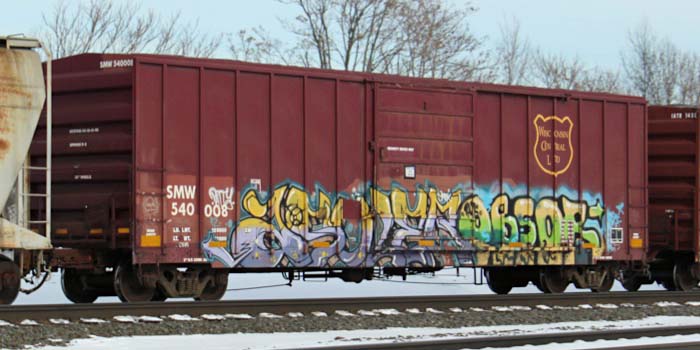
Alliance, Oh / Feb 2016 / RWH
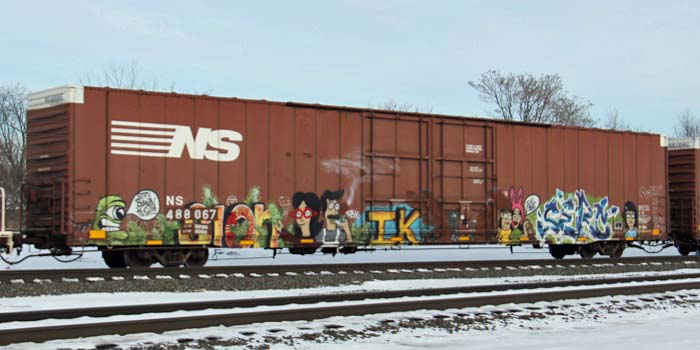
Alliance, Oh / Feb 2016 / RWH
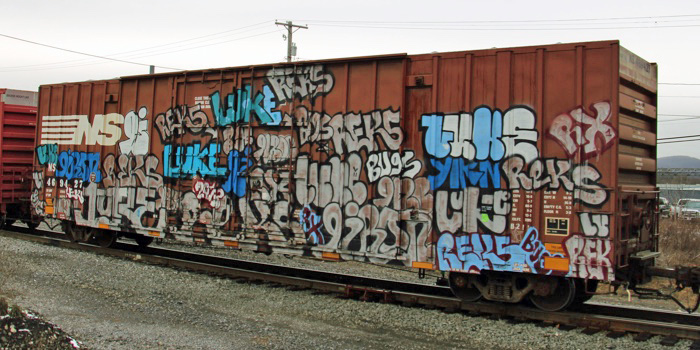
Duncansville, Pa / Feb 2016 / RWH
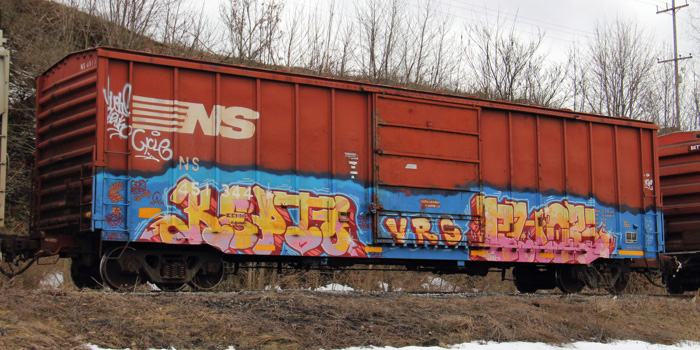
Duncansville, Pa / Feb 2016 / RWH
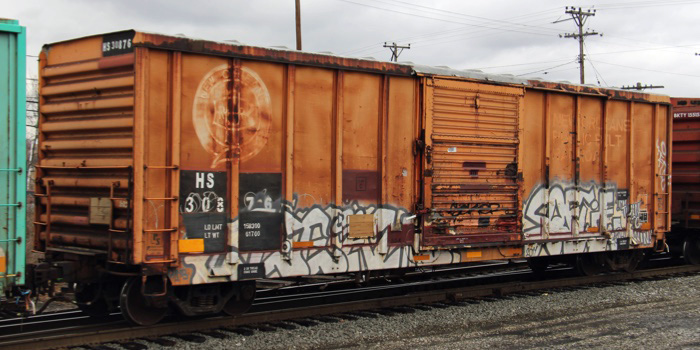
Duncansville, Pa / Feb 2016 / RWH
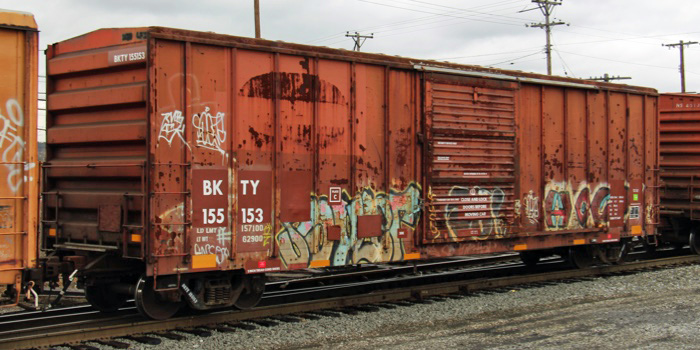
Duncansville, Pa / Feb 2016 / RWH
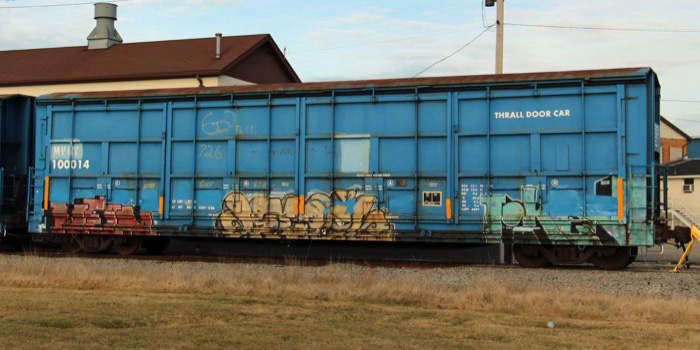
Austintown, Oh / Jan 2016 / RWH
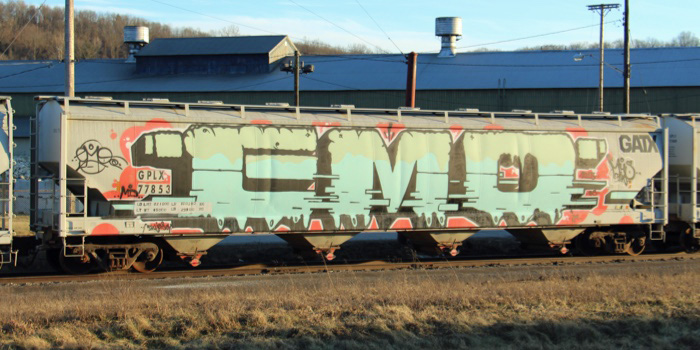
New Castle, Pa / Jan 2016 / RWH
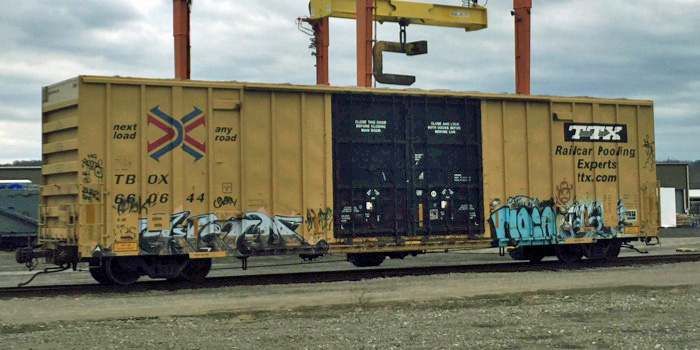
Wheatland, Pa / Jan 2016 / RWH
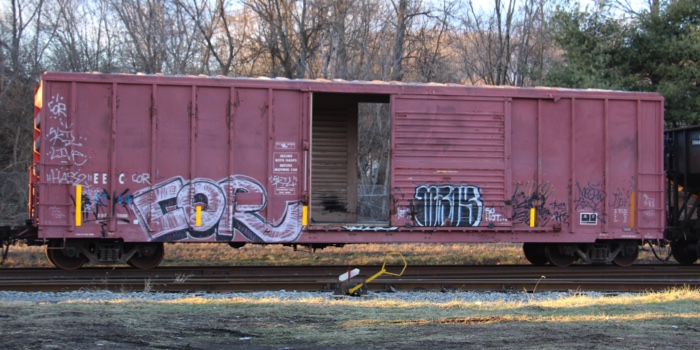
New Castle, Pa / Jan 2016 / RWH
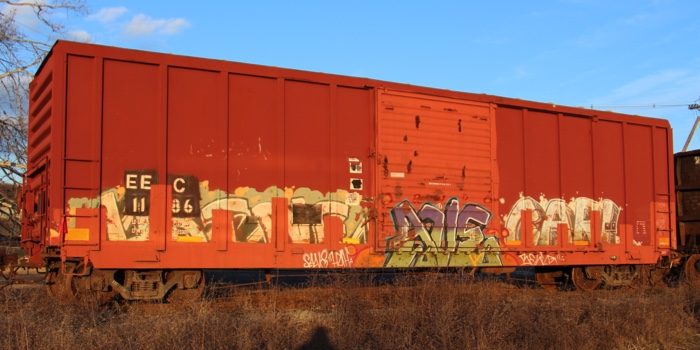
New Castle, Pa / Jan 2016 / RWH
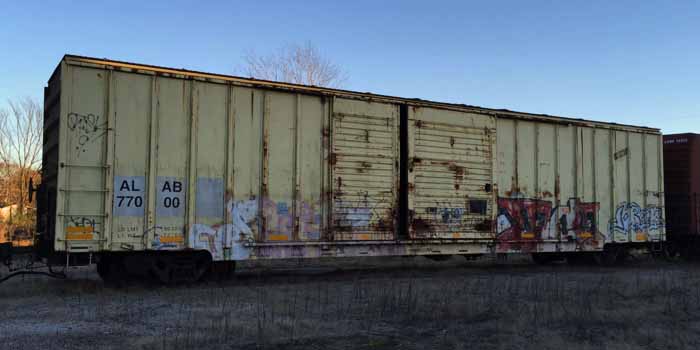
Holly Springs, Ms / Dec 2015 / RWH

Holly Springs, Ms / Dec 2015 / RWH
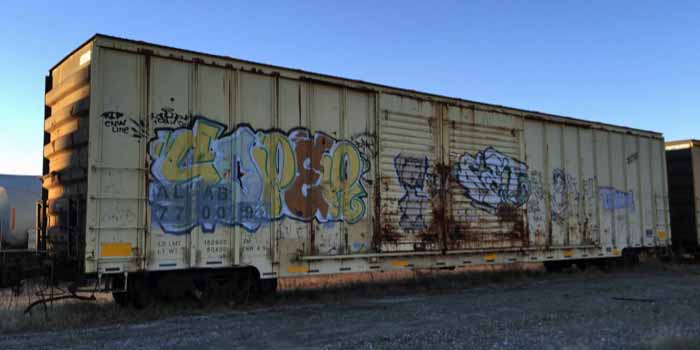
Holly Springs, Ms / Dec 2015 / RWH

Jackson, Ms / Dec 2015 / RWH
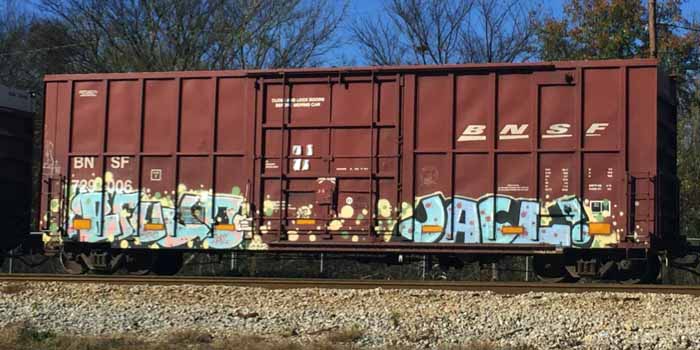
Jackson, Ms / Dec 2015 / RWH
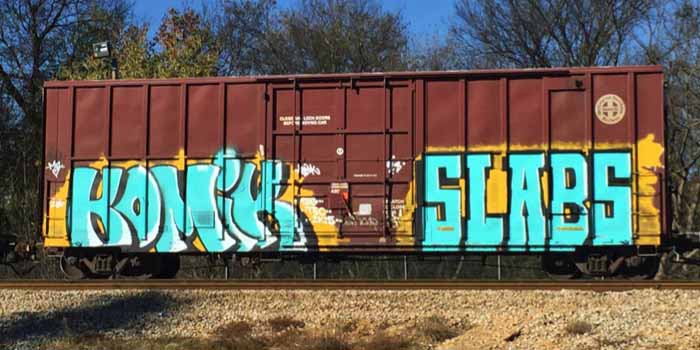
Jackson, Ms / Dec 2015 / RWH
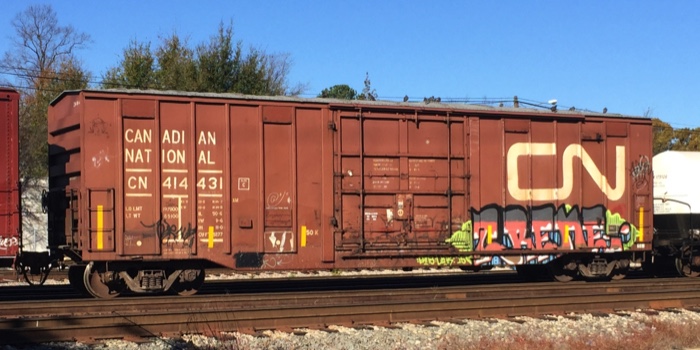
Jackson, Ms / Dec 2015 / RWH
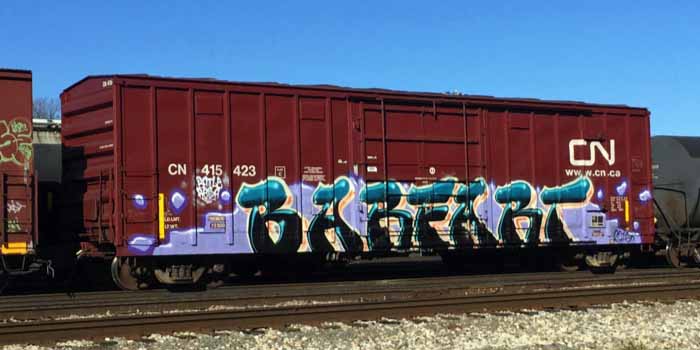
Jackson, Ms / Dec 2015 / RWH
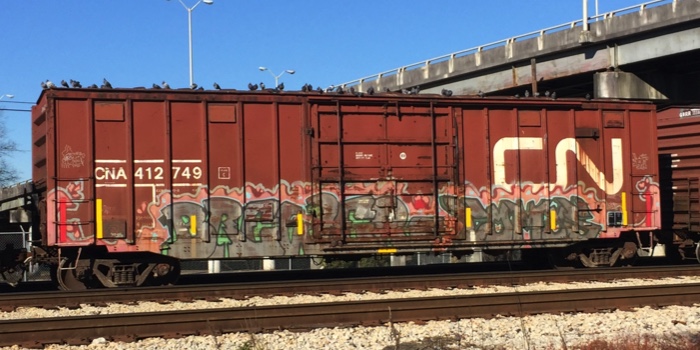
Jackson, Ms / Dec 2015 / RWH
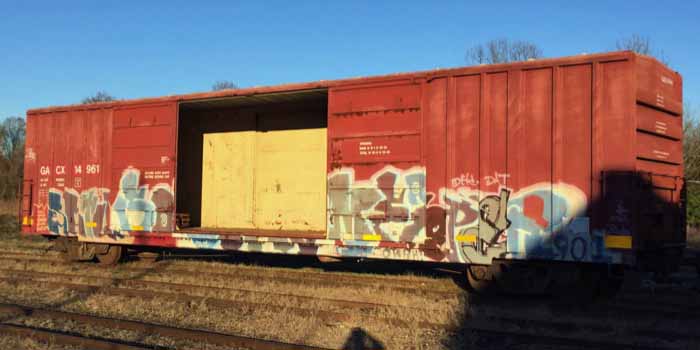
Holly Springs, Ms / Dec 2015 / RWH
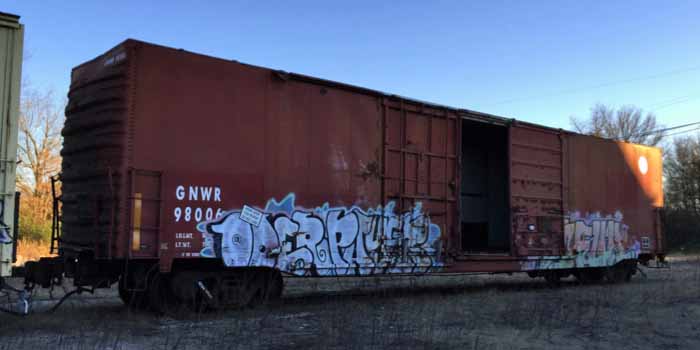
Holly Springs, Ms / Dec 2015 / RWH
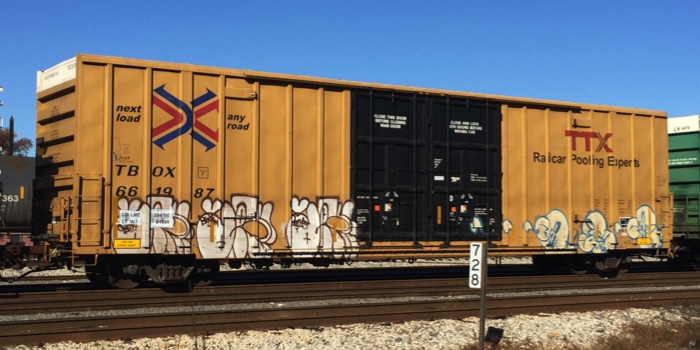
Jackson, Ms / Dec 2015 / RWH

Jackson, Ms / Dec 2015 / RWH
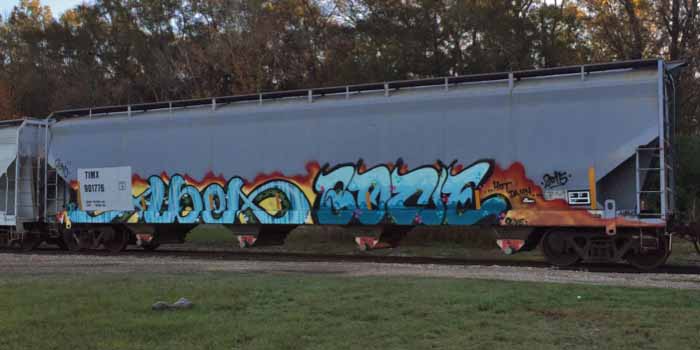
Fluker, La / Dec 2015 / RWH

Fluker, La / Dec 2015 / RWH
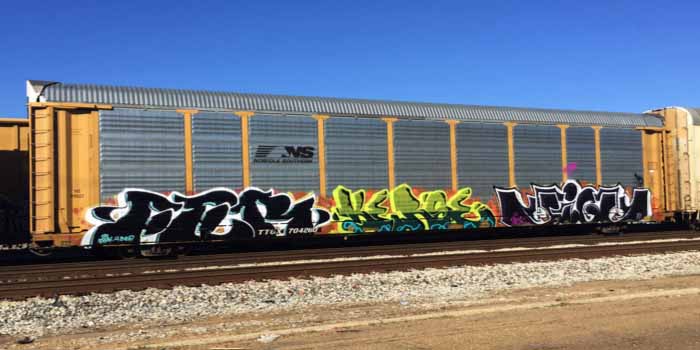
Jackson, Ms / Dec 2015 / RWH
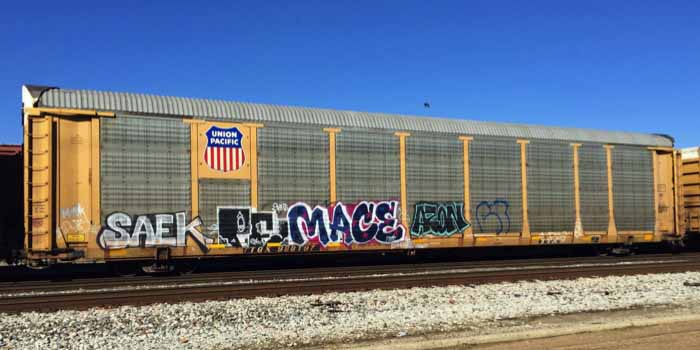
Jackson, Ms / Dec 2015 / RWH
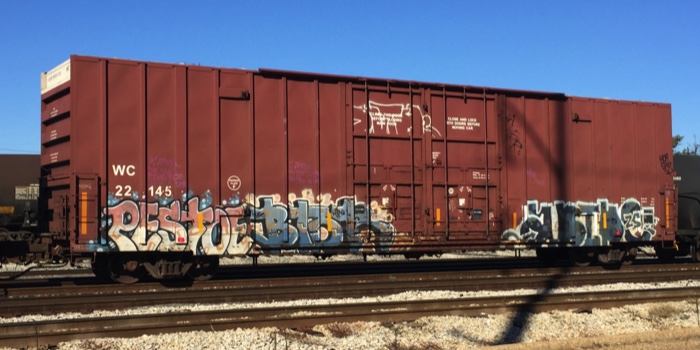
Jackson, Ms / Dec 2015 / RWH
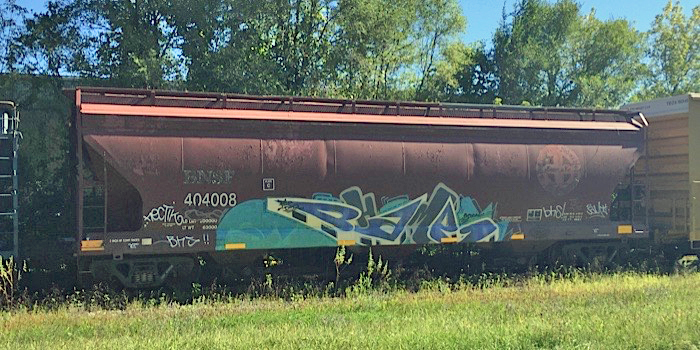
New Castle, Pa / Oct 2015 / RWH
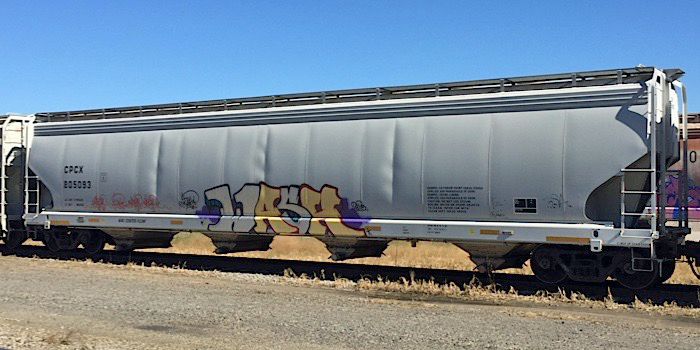
New Castle, Pa / Oct 2015 / RWH

New Castle, Pa / Oct 2015 / RWH
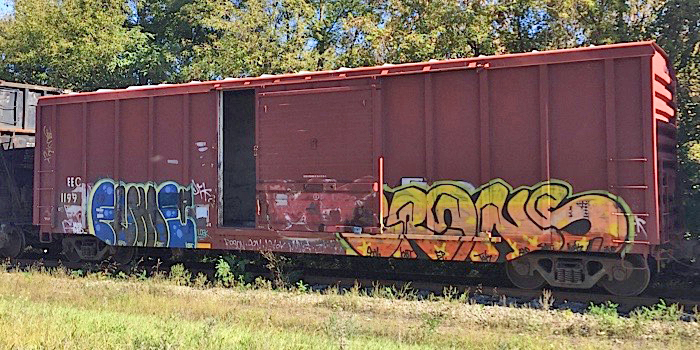
New Castle, Pa / Oct 2015 / RWH
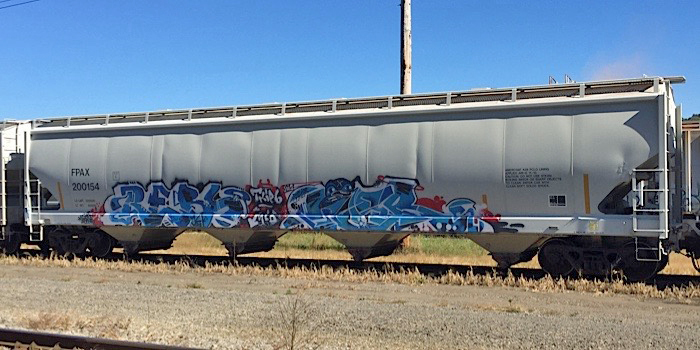
New Castle, Pa / Oct 2015 / RWH

New Castle, Pa / Oct 2015 / RWH
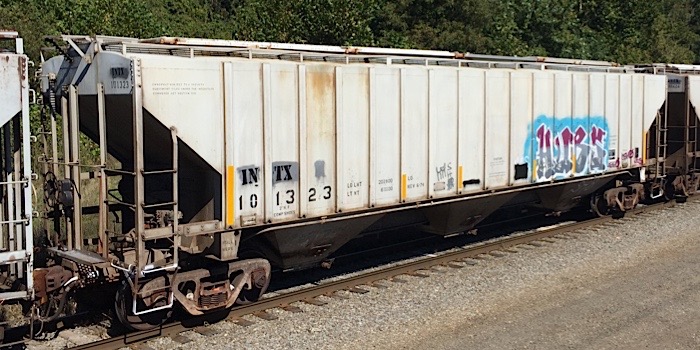
New Castle, Pa / Oct 2015 / RWH
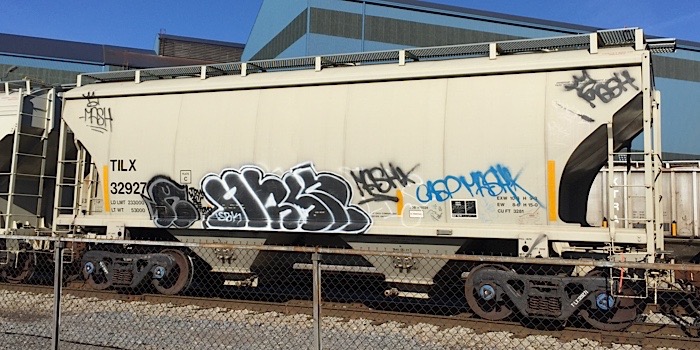
New Castle, Pa / Oct 2015 / RWH
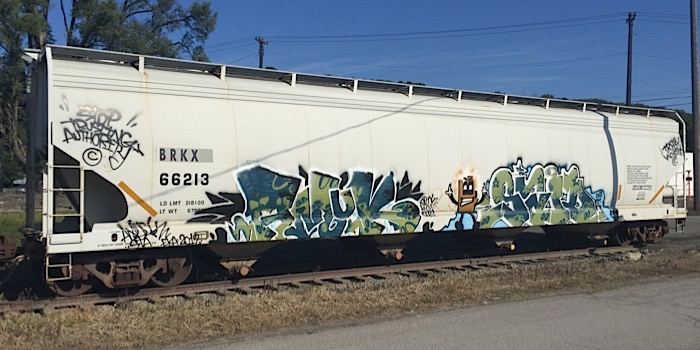
New Castle, Pa / Sep 2015 / RWH
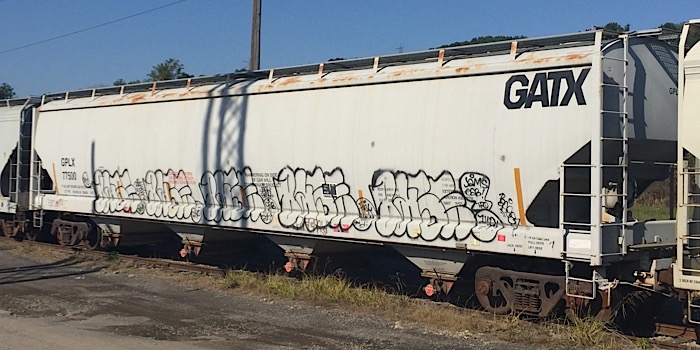
New Castle, Pa / Sep 2015 / RWH
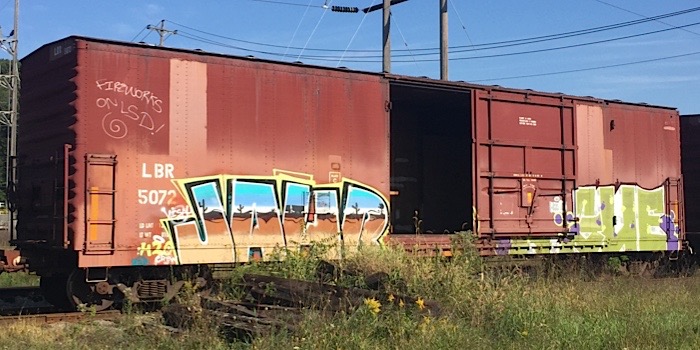
New Castle, Pa / Sep 2015 / RWH
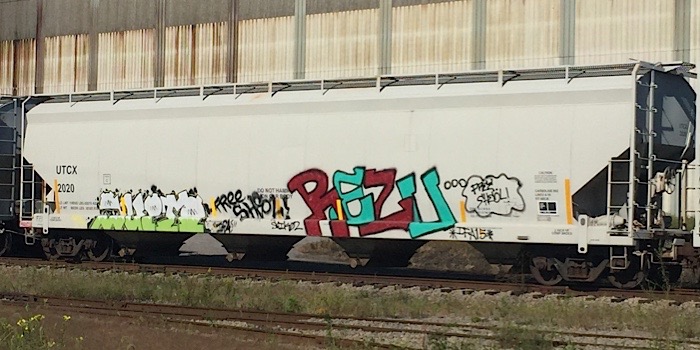
New Castle, Pa / Sep 2015 / RWH
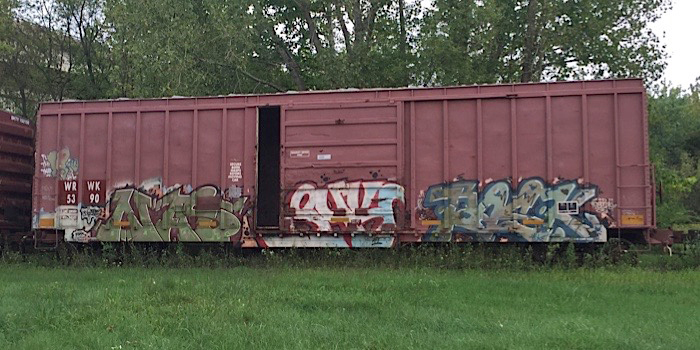
New Castle, Pa / Sep 2015 / RWH
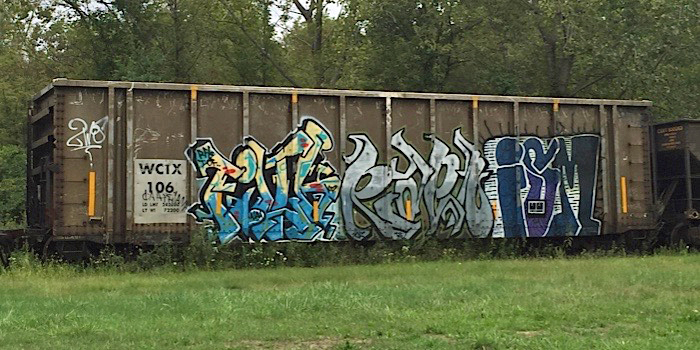
New Castle, Pa / Sep 2015 / RWH

New Castle, Pa / Sep 2015 / RWH
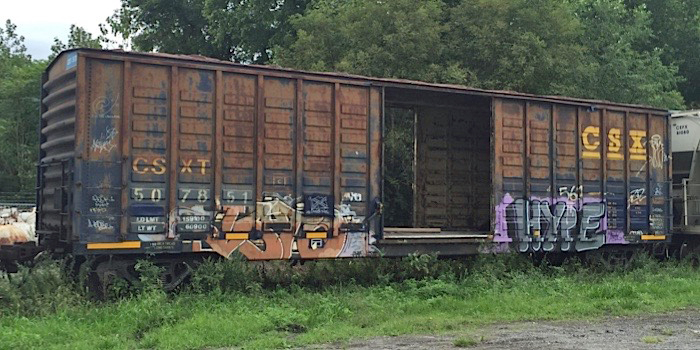
New Castle, Pa / Sep 2015 / RWH

New Castle, Pa / Sep 2015 / RWH
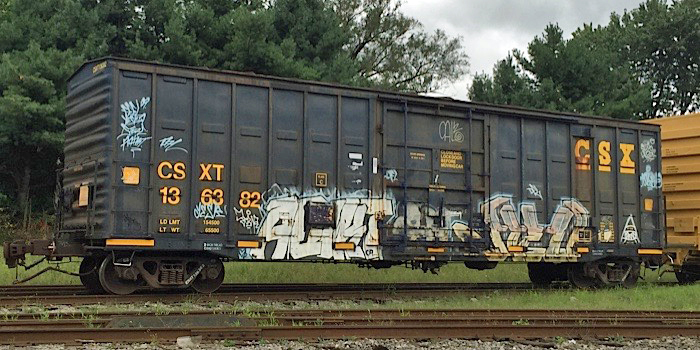
New Castle, Pa / Sep 2015 / RWH
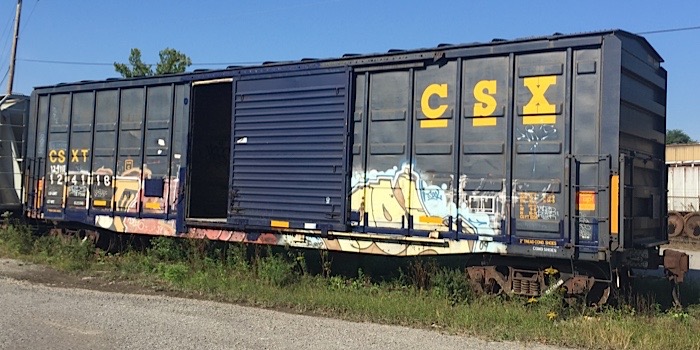
New Castle, Pa / Sep 2015 / RWH

New Castle, Pa / Sep 2015 / RWH
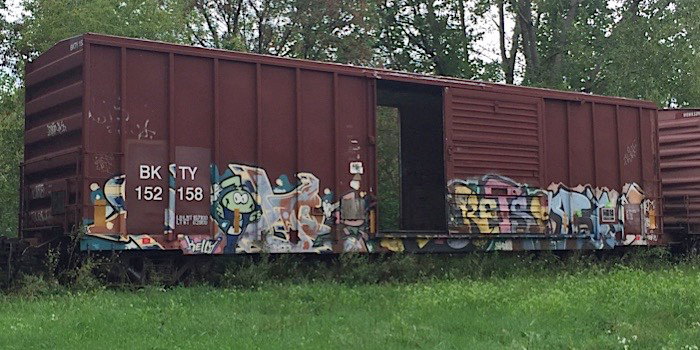
New Castle, Pa / Sep 2015 / RWH
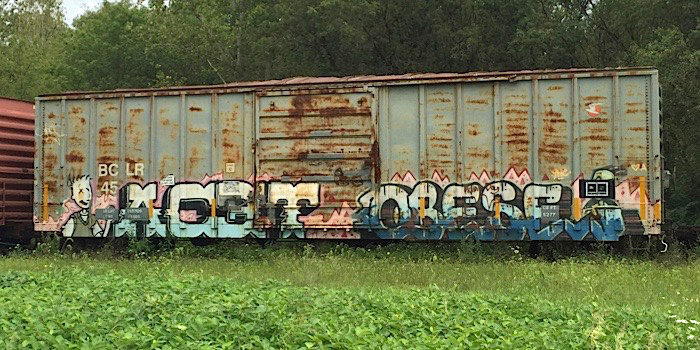
New Castle, Pa / Sep 2015 / RWH

Bellevue, Oh / Dec 2014 / RWH
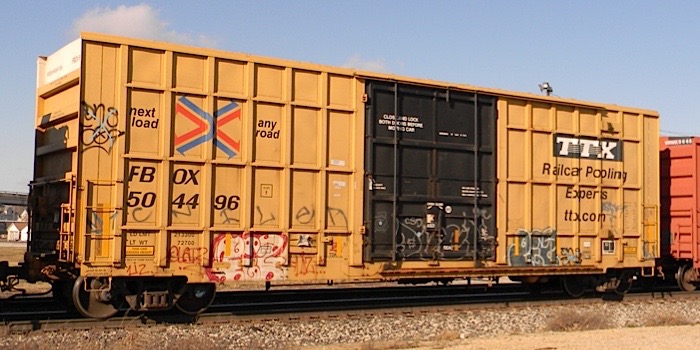
Bellevue, Oh / Dec 2014 / RWH
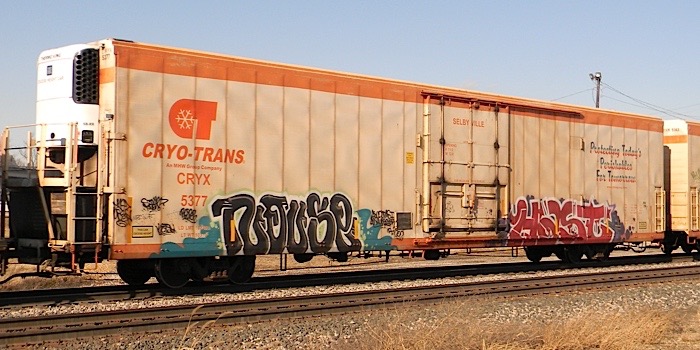
Bellevue, Oh / Dec 2014 / RWH
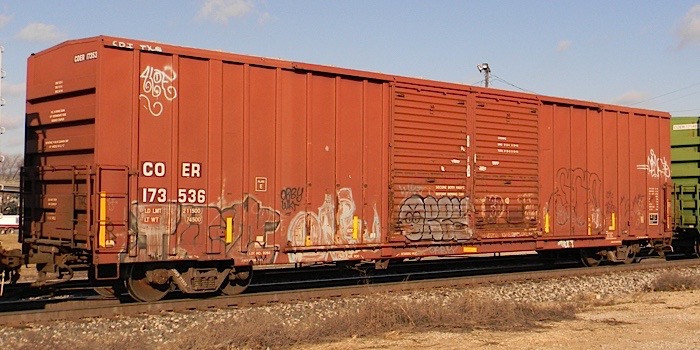
Bellevue, Oh / Dec 2014 / RWH
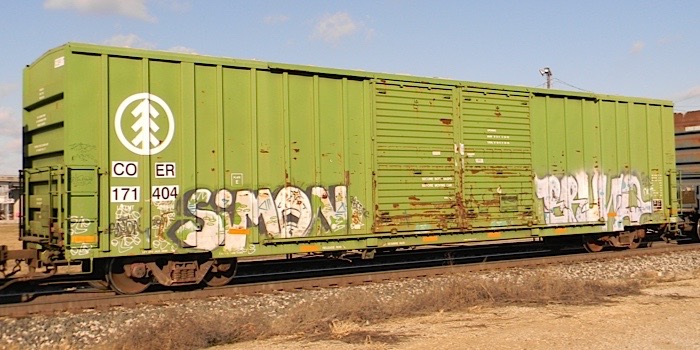
Bellevue, Oh / Dec 2014 / RWH
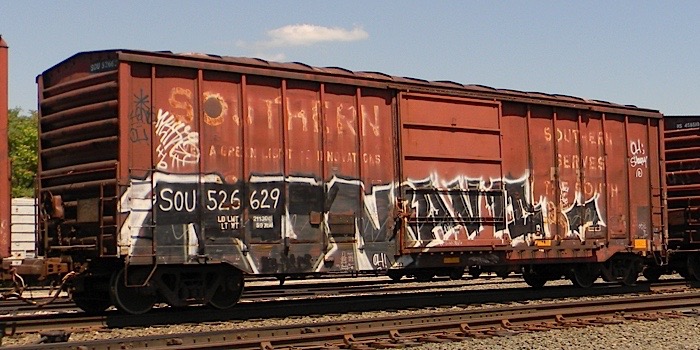
Alliance, Oh / Jul 2014 / RWH
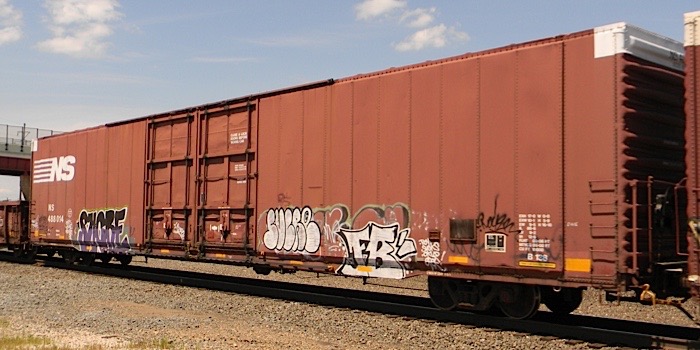
Alliance, Oh / Jul 2014 / RWH
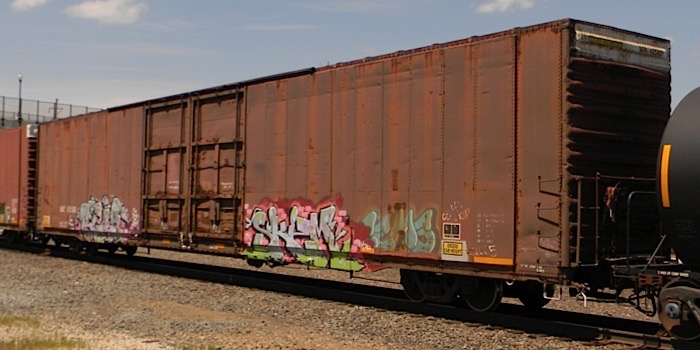
Alliance, Oh / Jul 2014 / RWH
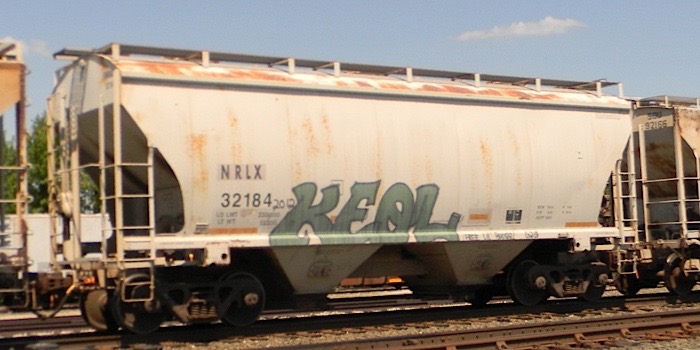
Alliance, Oh / Jul 2014 / RWH
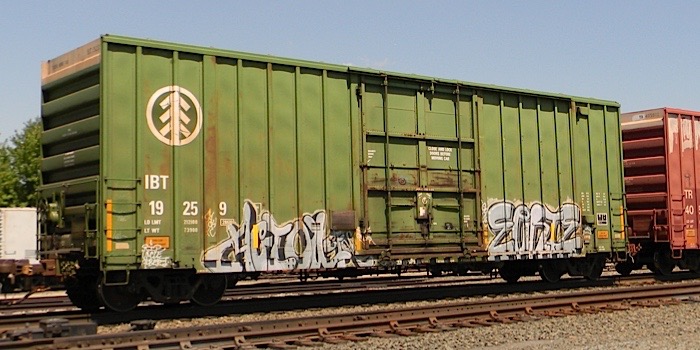
Alliance, Oh / Jul 2014 / RWH
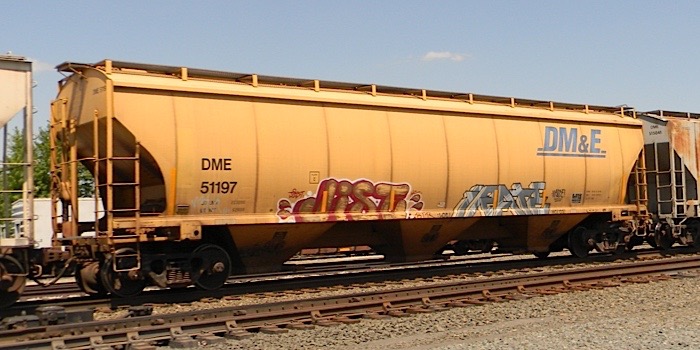
Alliance, Oh / Jul 2014 / RWH
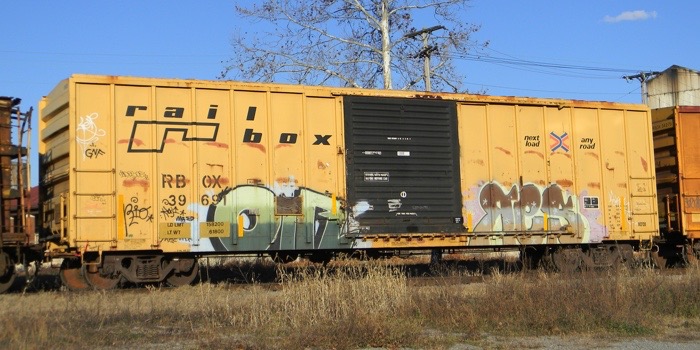
New Castle, Pa / Nov 2012 / RWH

New Castle, Pa / Jul 2011 / RWH

Epworth, Oh / Dec 2010 / RWH
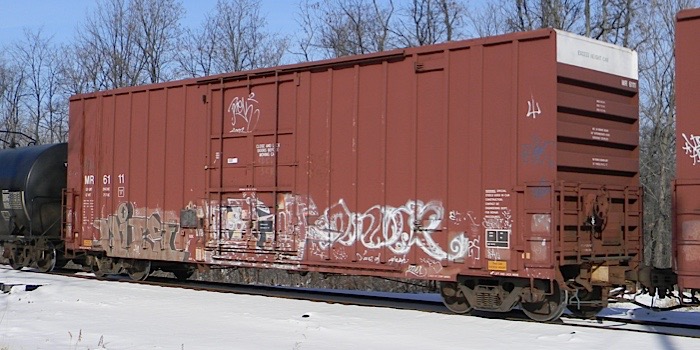
Epworth, Oh / Dec 2010 / RWH

West Salem, Oh / Dec 2010 / RWH
Characters

Boxcar Boy
New Castle, Pa / Sep 2015 / RWH
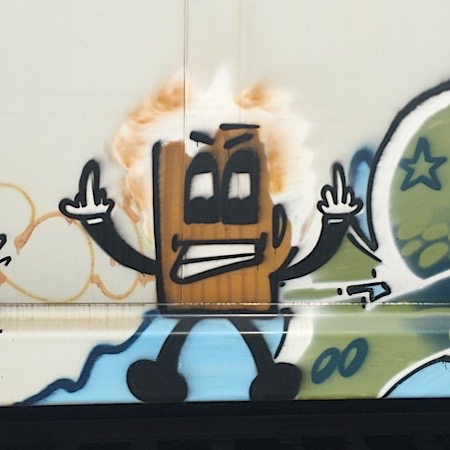
Angry Root Beer
New Castle, Pa / Sep 2015 / RWH
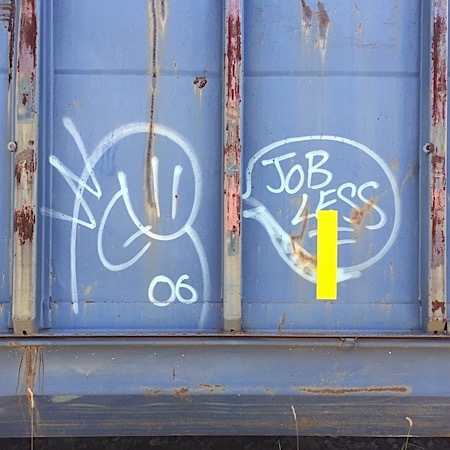
Unemployed
New Castle, Pa / Sep 2015 / RWH

Golden West Louie
collection

Dixie Rebel / Sweet Pickle
Holly Springs, Ms / Dec 2015 / RWH
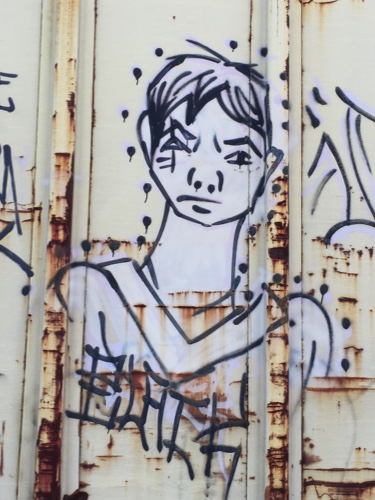
Boxcar Boyfriend
Holly Springs, Ms / Dec 2015 / RWH
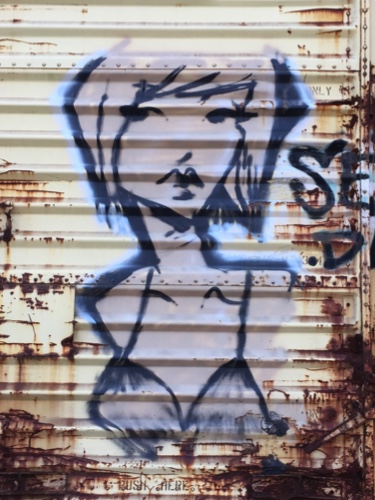
Boxcar Girlfriend
Holly Springs, Ms / Dec 2015 / RWH
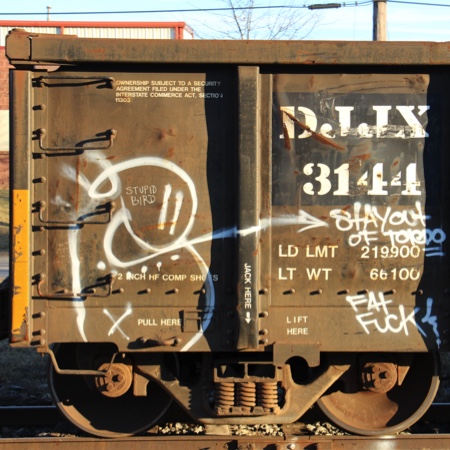
David Joseph Monster
New Castle, Pa / Jan 2016 / RWH
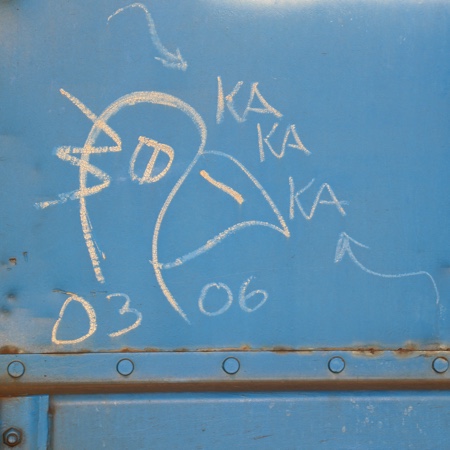
Chickenhawk
North Lima, Oh / Jan 2016 / RWH

Martian with a Gun
Meridian, MS / Dec 2016 / RWH
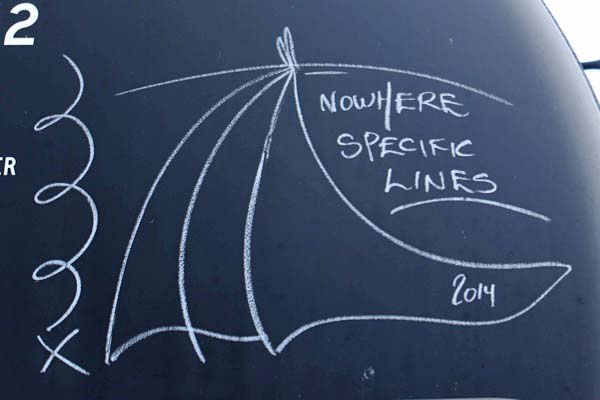
Nowhere Specific Lines
New Castle, Pa / Sep 2017 / RWH

Natasha
New Castle, Pa / Sep 2017 / RWH
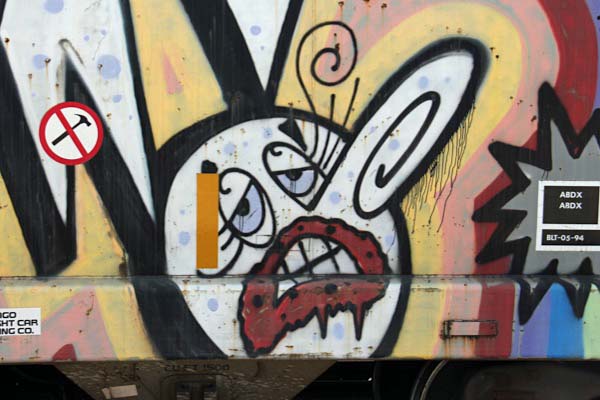
New Castle, Pa / Sep 2017 / RWH
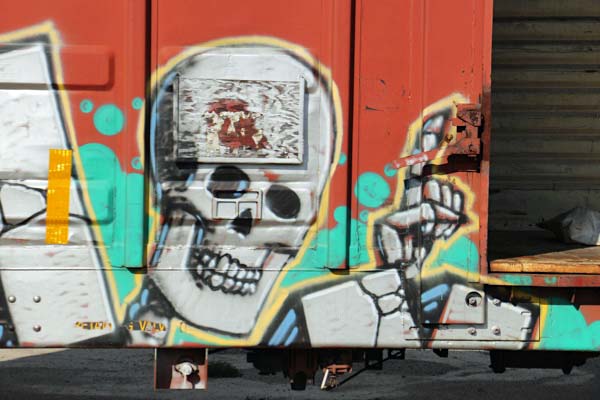
New Castle, Pa / Sep 2017 / RWH
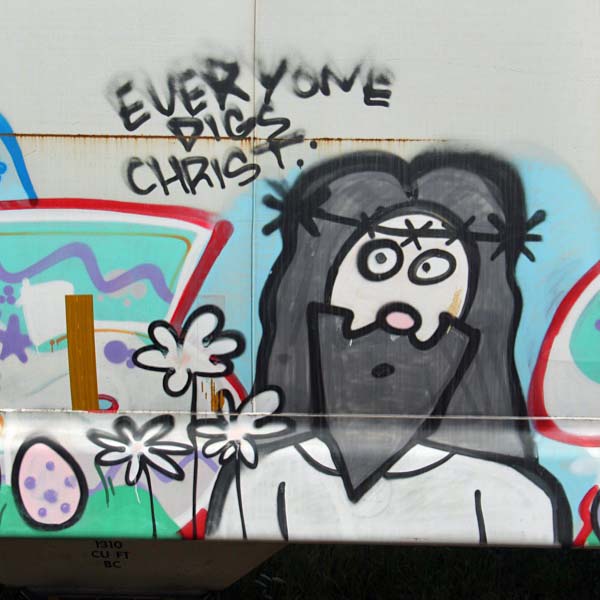
Covered Hopper Christ
New Castle, Pa / Sep 2017 / RWH
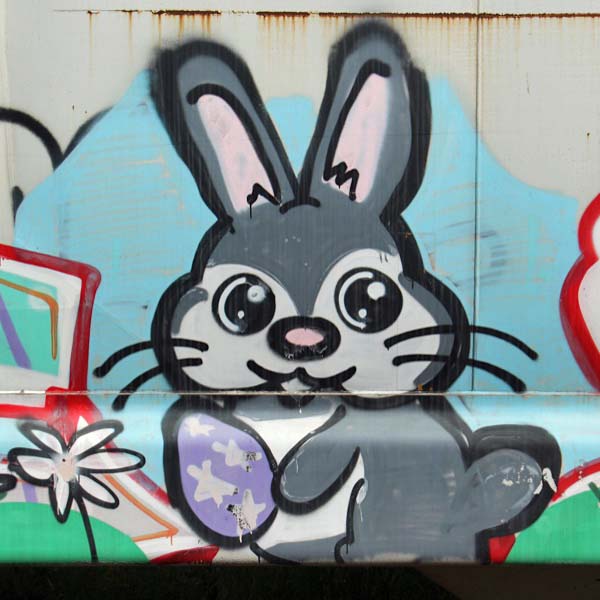
The Easter Bunny
New Castle, Pa / Sep 2017 / RWH
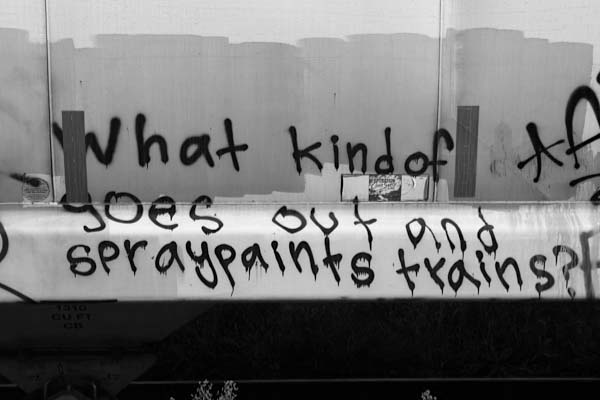
Philosopher
New Castle, Pa / Sep 2017 / RWH
Links / Sources
- The Evolution Of Railroad Graffiti - The Rip Track
- Train Graffiti And Its Long, Strange, Thoroughly American Lineage - Andy Sturdevant
- Railroad Graffiti: Close-Up - Trains Magazine

